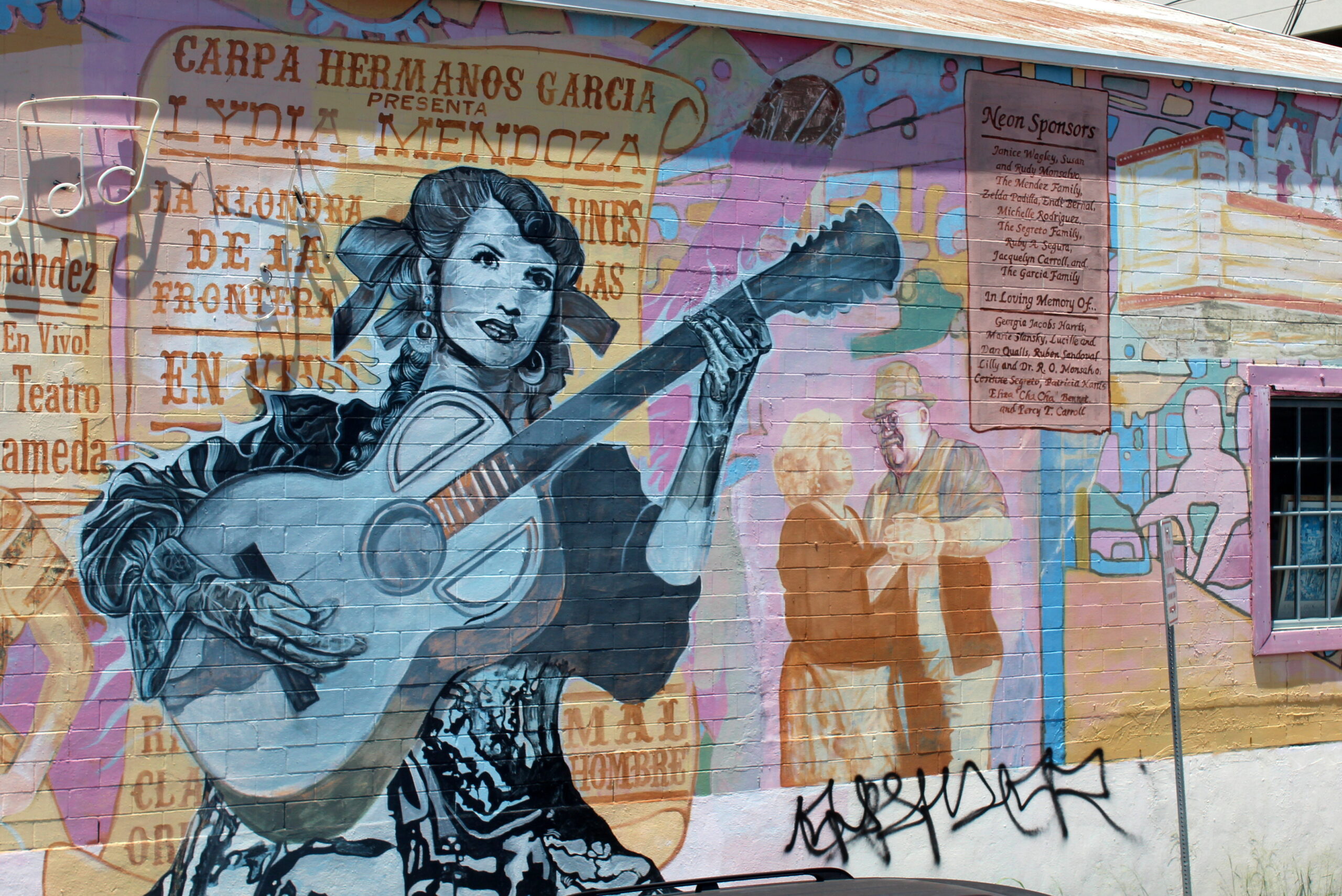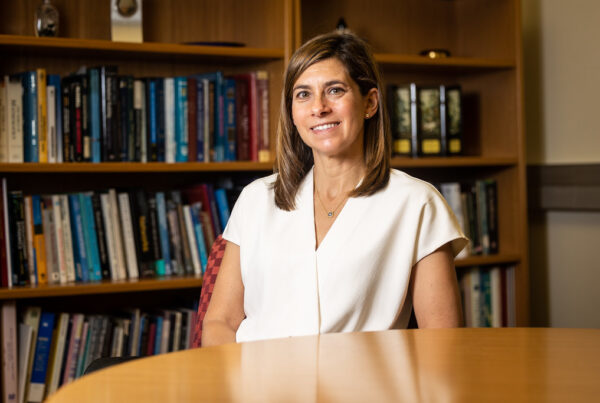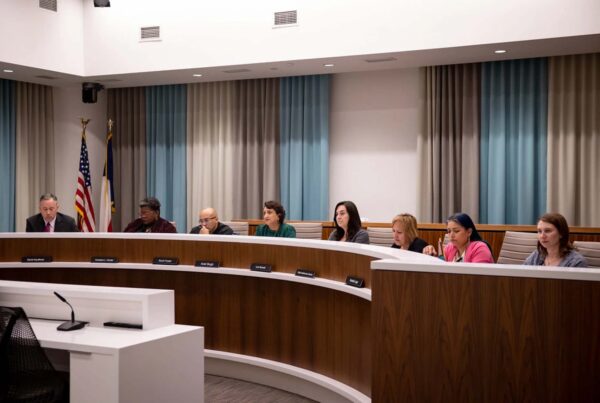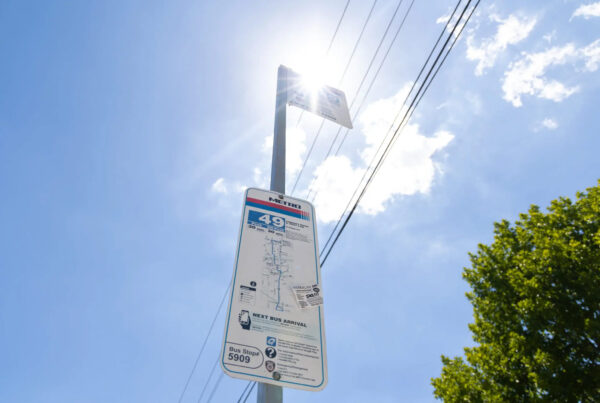This story is part of a Hispanic Heritage Month collaboration with Voces Oral History Center based at UT-Austin’s Moody School of Communication.
Lydia Mendoza, the first star of recorded Tejano, music didn’t get her big break overnight. She hurdled over many obstacles to earn the title of “La Alondra de la Frontera,” or the “Meadowlark of the Border.”
Mendoza was born in Houston in 1916. Her father, a railroad mechanic, worked on both sides of the Texas-Mexico border and often took the family with him. Because of this, she missed many days of school, but her mother taught her and her sister how to read and showed Mendoza how to play guitar.
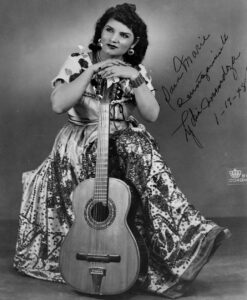
Public domain image
Mendoza was interviewed in 1984 by San Antonio music publisher and producer Salome Gutierrez.
“My mother played the guitar, my father sang,” Mendoza told Gutierrez. “They weren’t professional singers, you would say. But there was always music in the house. After dinner they would sit down and sing. And I would listen to the guitar that my saintly mom… I would run and sit at her feet from the age of 4-years-old.”
Mendoza said that hers was a musical family. After dinner, the family would sing together. Soon, Mendoza was playing her mother’s guitar. She then taught her younger siblings to play the mandolin and the guitar while Mendoza learned to play violin.
The family started a band in the 1920s and eventually moved to San Antonio. This is where they found some success. A small label, Okeh Records, paid them $140 to make 10 records.
In 1932, the family played on street corners and at restaurants. Mendoza’s father built her the 12-string guitar she became known for.
At one of their many performances, a local radio announcer invited Mendoza to sing on his program. She wound up winning an amateur competition. At that point she was singing on the radio for $3.50 a week.
In 1943, when she was around 27, Mendoza recorded a song she wrote about a man who seduced a young woman. “Mal Hombre,” or “Bad Man,” was recorded for Bluebird Records.


